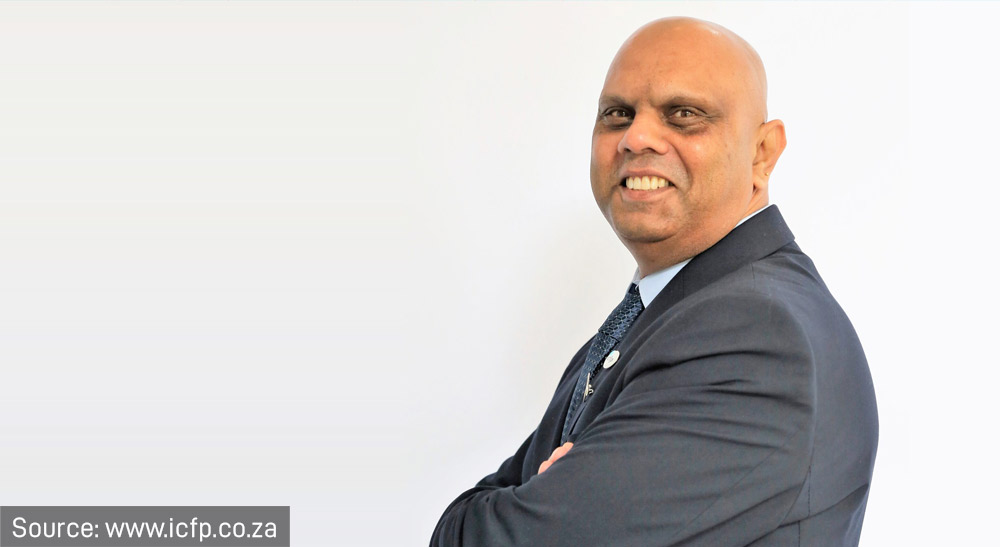Insurance crime, if it continues unabated, could impact the affordability of insurance for everyday South Africans and change the way underwriters view and assess risk.
Dr Jerry Chetty, Head of Business Integrity at Santam, says over the years, insurance crime has succeeded in evading the label of “organised crime” and its effects are often underplayed. But, he says, it is a serious crime.
“The insurance industry is not a standalone sector but is rather a connector of various industries and ultimately, an important component of economic development. Large-scale financial prosperity for example, is connected to increased motor vehicle purchases, increased activity in construction, agriculture, and banking,” says Chetty.
The backbone of these industries is effective risk management, which is where insurance comes in.
“For this reason, a blow dealt to the insurance industry – in this case in the form of growing insurance crime – can catalyse a series of knock-on effects in other sectors, which can hamper economic growth in the long term. This in turn, has direct implications for the individual wellbeing of South Africans as well as the welfare of the collective.”
Double trouble
Chetty explains that insurance crime is typically committed in two ways. In the first instance, individuals inflate a legitimate claim by claiming for items not stolen, lost or damaged thereby dishonestly increasing the value of the claim.
In the second instance, individuals submit false claims by staging incidents, for example, the theft of their assets or vehicles and thereafter submitting claims for these fictitious events.
He says criminals target the most vulnerable persons in society; include the poor, elderly and students.
“There have been cases, for example, in which students in search of accommodation have supplied their personal information to fraudsters under false pretenses – this information is then used in fraudulent claims.
“There have also been instances where criminals dupe the poor into providing personal information and these criminals thereafter use the said information in fraudulent claims,” he says.
Common criminal strategies
According to data collected by Santam, the incidence of insurance crime is evenly divided between motor claims (48%) and non-motor (43%) claims.
Chetty says the most common strategies used by insurance criminals involves claiming for losses incurred prior to the inception of a policy, claiming for false or staged incidents, and submitting false claim information.
He adds the Forensic team recently identified a new and emerging trend which the team termed “community participative” insurance crime.
“In these cases, family members or members of tight-knit communities share information and assist each other in committing insurance crime,” he says.
This “interconnectedness of criminal activity” is also illustrated by the increase in claims related to the theft of keyless cars.
“Tech-savvy criminals have developed tools that can interrupt the signals transmitted from key fobs to keyless cars. These incidents are known as CAN or relay attacks.”
He says another example of this interconnectedness relates to corruption in driver and car licensing departments.
“Corruption results in individuals illegally obtaining drivers licenses which are then used to purchase cars and take out insurance cover … The authorities have confirmed that they will revoke the licences of such individuals. This event has an impact for insurers as they would have to check if such individuals were insured with them and if any motor accident claims were paid out.”
Similarly, criminals have been found to clone vehicles or use damaged vehicles in insurance crime scams.
Delicate balance
According to Chetty, one of the major pitfalls is that insurance crime is seen as a breach of contract, rather than a crime. He says this requires a change from all stakeholders in terms of how they view insurance crime.
“A more meaningful and collaborative process amongst stakeholders to deal with insurance crime will serve as a powerful deterrent and reinforce the measures taken by insurers to protect the sustainability and financial viability of their businesses,” he says.
Chetty adds that insurers must strike a delicate balance between bringing insurance criminals to justice while preventing policyholders from shouldering the true cost of crime through higher premiums and more stringent terms and conditions.
“As a result, we believe preventing the proliferation of insurance crime is not only the responsibility of insurers and law enforcement agencies; the responsibilities also rest with society. Society should be frowning against individuals who celebrate their efforts of defrauding insurers. Rather, the ability of insurance crime to affect lives and livelihoods, makes fighting this scourge everyone’s business,” he says.




You should look at crime that occurs when vehicles are with your panel of repairers and how consumers are protected in that case